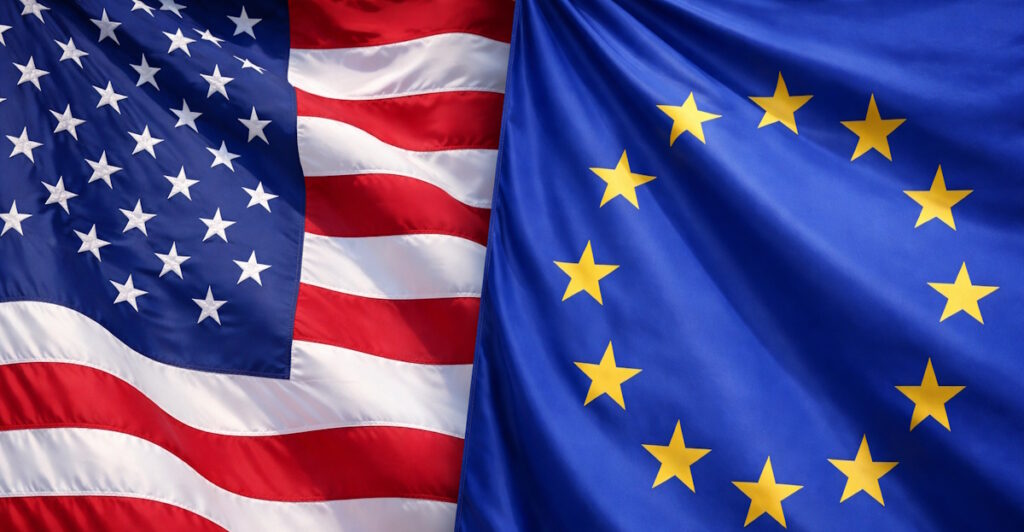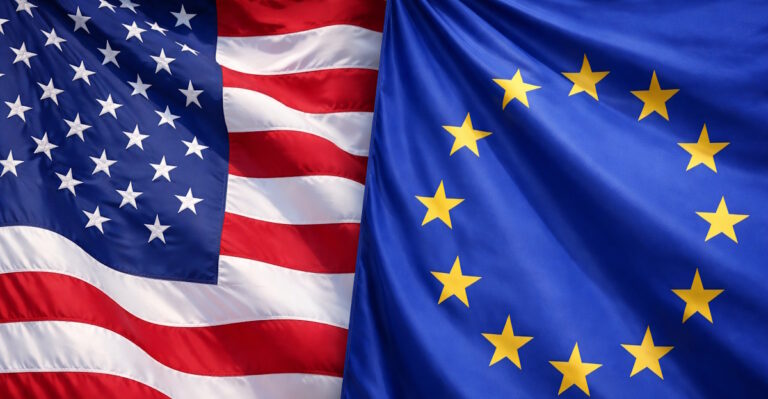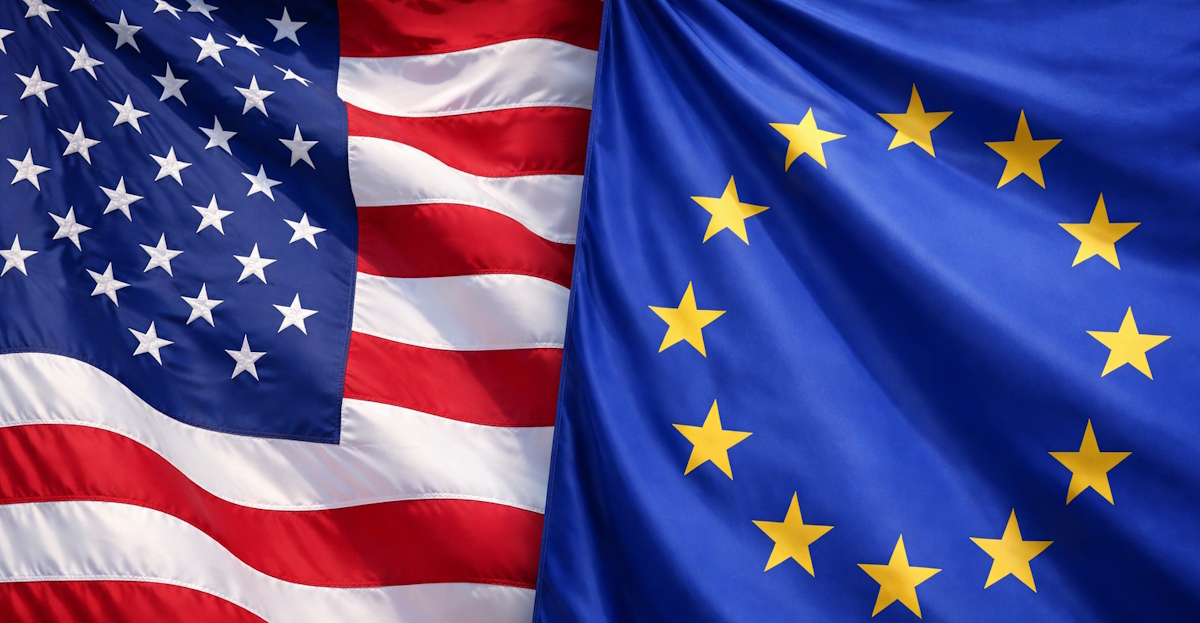by Muhammad Asif NOOR
The emergence of stablecoins, long touted as a financial innovation for the blockchain era, is beginning to reveal its deeper, more insidious political and economic implications. The European Central Bank (ECB), once dismissive of euro-pegged stablecoins as illiquid and unreliable, is now signaling a cautious pivot. This shift in posture is not driven by newfound enthusiasm for crypto-finance, but by a growing realization that the digital frontier is becoming yet another theatre for U.S. monetary dominance, only this time, with fewer rules, fewer checks, and far-reaching consequences.
In a blog post that echoed through Brussels, Frankfurt, and beyond, Jürgen Schaaf, adviser to the ECB executive board, warned that dollar-backed stablecoins could “erode Europe’s monetary sovereignty” and render the continent increasingly dependent on U.S. financial and political decisions. The tone was unmistakably urgent. The United States, having already enshrined its regulatory support for stablecoins via the GENIUS Act, is carving out a digital empire built on tokenized Treasuries and techno-capitalist infrastructure. What is unfolding now is not simply a competition between currencies, but between visions of who controls the global future of money.
Stablecoins, especially those backed by U.S. dollars, have surged in popularity, not because they offer anything fundamentally new in terms of value, but because they promise predictability in an unpredictable world. With the dollar long embedded as the world’s reserve currency, it is unsurprising that dollar-pegged tokens now make up 99% of the stablecoin market. The significance of this statistic cannot be overstated. Every transaction conducted in a U.S.-backed stablecoin reinforces demand for U.S. Treasuries and tightens the grip of American monetary policy on global economic arteries.
This development echoes the structural inequities of the post-war financial order, when the Bretton Woods system embedded the dollar’s primacy under the guise of stability. That system allowed Washington to enjoy what former French President Valéry Giscard d’Estaing once called an “exorbitant privilege” to borrow cheaply, spend freely, and run deficits without consequence. Today’s stablecoins are reanimating that privilege in code. The difference is that now, the instruments of control are no longer confined to central banks or governments, but dispersed among private corporations operating under loose regulatory scrutiny.
The ECB is right to worry. If dollar stablecoins become widely used in Europe for payments, savings, or cross-border settlements, the ECB’s ability to guide inflation, steer interest rates, or intervene in crises will be undermined. Schaaf’s warnings are not theoretical. The penetration of dollar-backed tokens into everyday digital finance—fuelled by their integration into platforms like Visa, Mastercard, Amazon, and Walmart, suggests that Europe’s monetary space is being quietly colonized.
This new financial reality also spells long-term vulnerability for the Global South. Already, in economies plagued by inflation, weak currencies, or corrupt institutions, people are flocking to stablecoins for refuge. Nigeria, Argentina, and Lebanon are only the most visible cases. When citizens lose faith in their national currencies and turn to private, foreign-denominated alternatives, their states lose an essential lever of governance. What begins as a rational consumer choice morphs into systemic dependence. Monetary sovereignty is not just about printing money, it is about preserving the ability to plan, respond, and protect.
Historically, dollarization has always come with strings. In Latin America, countries that relied heavily on the dollar found themselves exposed to U.S. interest rate cycles and policy shifts that had nothing to do with their own economic needs. In the Middle East and South Asia, U.S. sanctions weaponized the dollar, choking off access to the SWIFT system and starving entire economies of liquidity. With stablecoins, this control becomes even harder to detect and easier to deny.
Europe’s response, while late, must now be swift and strategic. Schaaf’s recognition that euro-pegged stablecoins can serve legitimate market needs marks an important shift. The digital euro project, long delayed by legislative inertia, must be revived not as a technical experiment but as a political imperative. The continent cannot afford to rely on American tokens to run its payments systems, settle trades, or hold savings. Nor should the public sector leave this space entirely too private issuers.
Yet regulation alone is not enough. Europe must invest in digital infrastructure, support regional payment systems, and incentivize interoperability across borders. It must also lead a global push for coordinated oversight, lest the stablecoin landscape fragment further into zones of unaccountable corporate control. In the absence of shared rules, what Schaaf warns of regulatory arbitrage and the entrenchment of U.S. dollar dominance will become the default outcome.
The stakes are clear. If left unchecked, the rise of dollar stablecoins will consolidate American influence in a domain once guarded by state institutions. Europe, and the wider world, must now decide whether they want to remain spectators in a dollarized digital order or take active steps to reclaim monetary agency. The illusion of choice is seductive. But in the age of stablecoins, true sovereignty lies not in convenience, but in deliberate, strategic resistance.



















